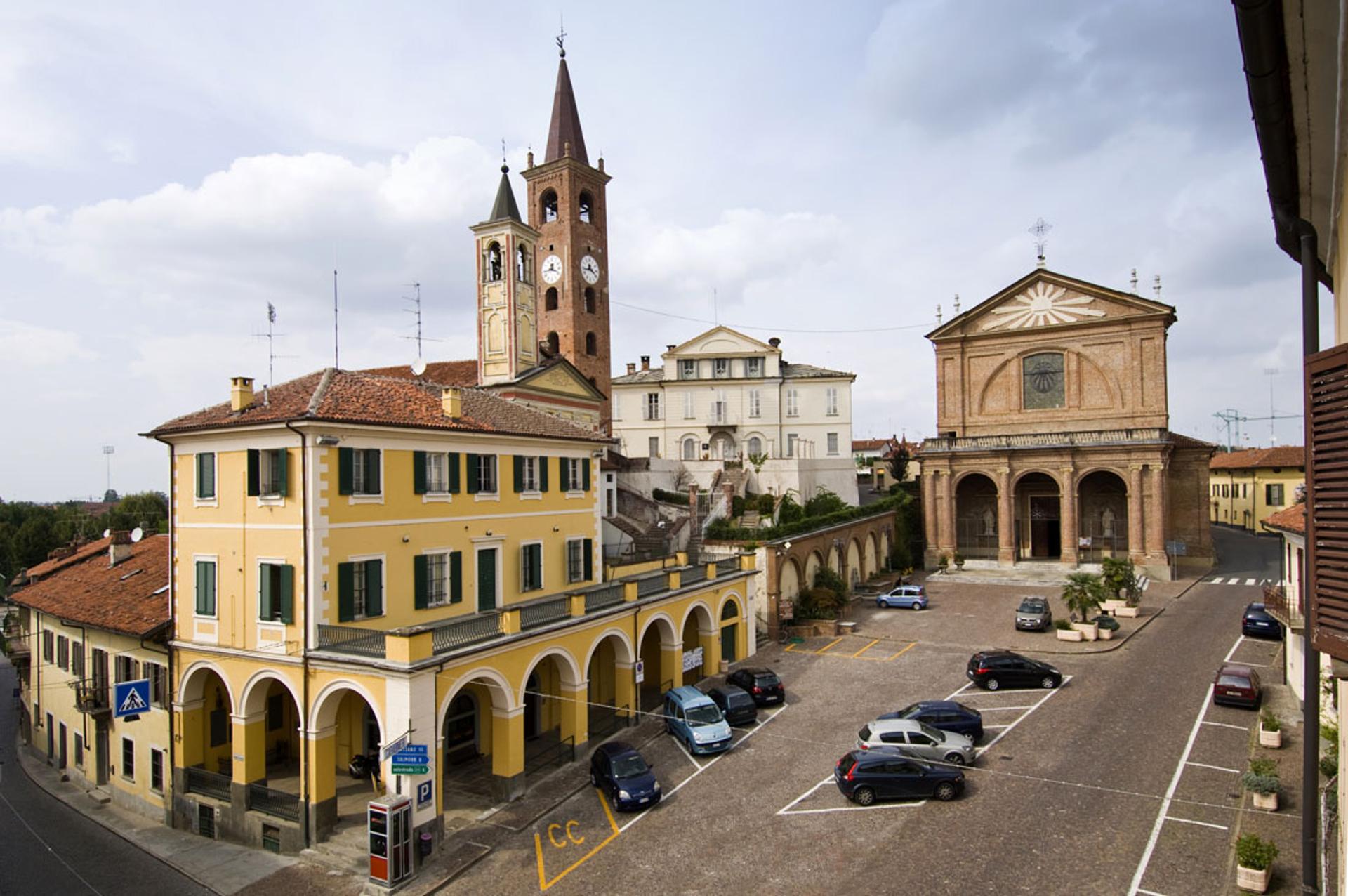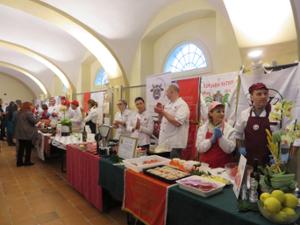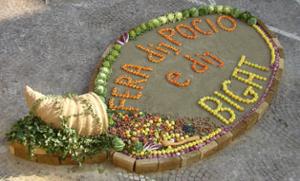
FOSSANO, TRINITA
TRINITÀ
FEUD OF THE COUNTS OF COSTA
Trinità, a small village in the Fossanese countryside, has been closely linked to the nearby Sant'Albano Stura until 1412. Precisely in that year, Count Ludovico Costa, lord of Bene and Carrù, obtained the rights to the town thanks to the Acaja of Fossano. Its inhabitants are nicknamed Brusatà, which means “charred”, after the many fires and bloody battles they have had to face over the centuries.






Discover
more

Several historic buildings overlook the central square of Trinità. The imposing Chiesa della Santissima Trinità is striking: no less than 21 metres in height, it is 22.5 metres wide and 41 long. Built in a style between Baroque and Neoclassical, the church was designed by Doglianese architect Giovanni Battista Borra and consecrated in 1797.
The Romanesque bell tower of the ancient parish church (15th century) also stands on Piazza Umberto I, flanked on one side by the Palazzo dei Conti Costa and on the other by the Chiesa della Confraternita di San Giovanni Evangelista, known as the Battuti Rossi, which houses a painting by the Cherasco painter Sebastiano Taricco. In the main town and in the hamlets there are numerous chapels, many of which sport valuable frescoes.
During Carnival, the village comes alive with a huge party in which the locals dress up as Count Giorgio Maria Costa and his wife Luciana di Girolamo Roero. The parades of allegorical floats hand-pulled through the streets of the town are unmissable.
In the last weekend of November, as part of the festival that celebrates its ancient patron Saint Francis Xavier, Trinità proposes the Fera dij Pocio and dij Bigat. The dialect term pocio indicates the medlar, a poor fruit introduced to Piedmont by the Romans, while bigat are nothing but silkworms, in the past widely bred in the Cuneo countryside for the production of the precious fabric.
Trinità has been the birthplace of many illustrious personalities, including Father Antonio Ferrua, a Jesuit archaeologist, and part of the team responsible for the research performed under the Vatican Basilica to identify the tomb of St. Peter, and Oddone Pascale, a distinguished painter active in the first half of the sixteenth century.
esempi di as xml: xml serveResource con templateId (chiave)
esempi di as json: json serveResource con templateId (chiave)
esempi di as json e siteId: json serveResource con siteid
en_US
What
to do
en_US
Experiences
No result found
en_US
Where
sleeping
en_US
Offers
en_US
Info


